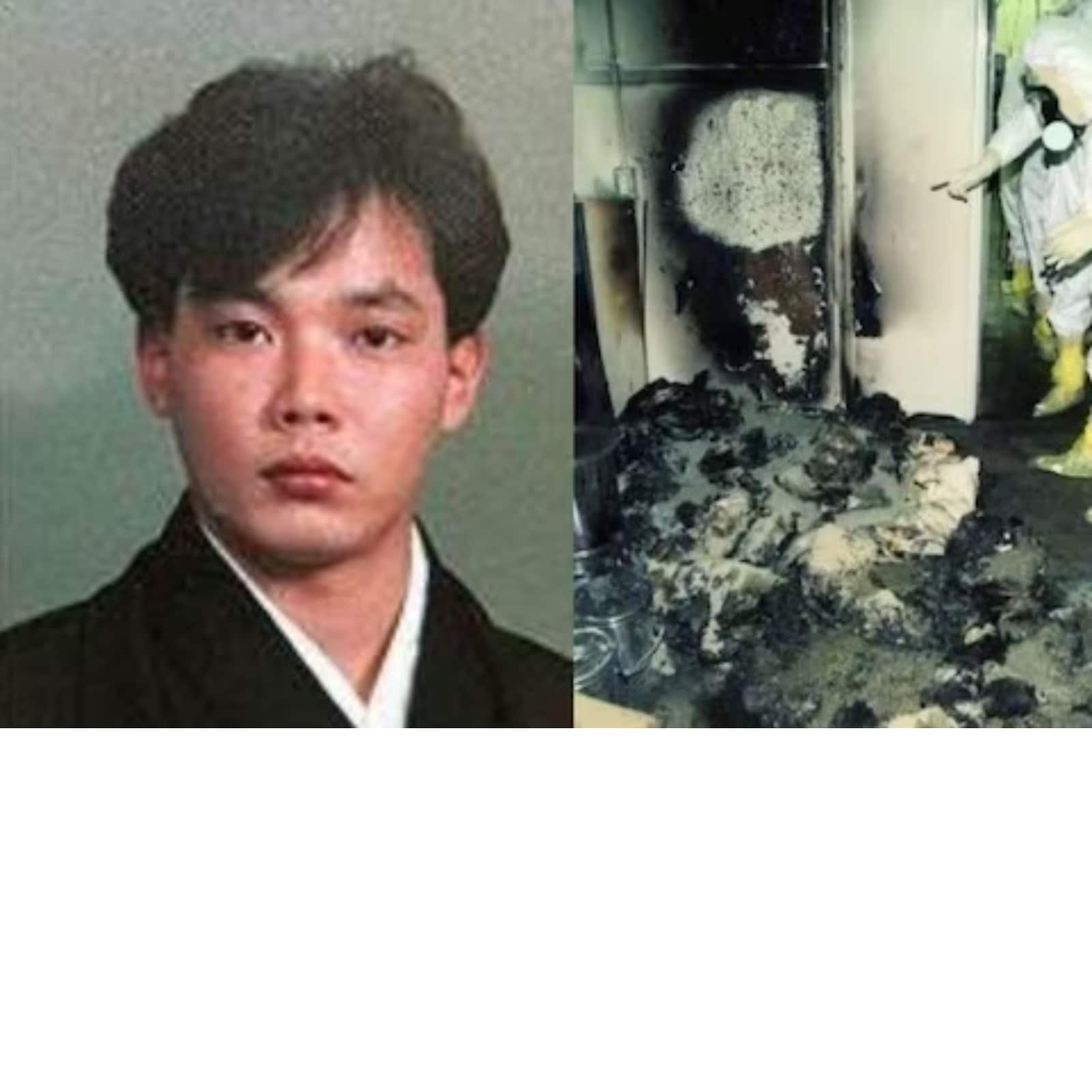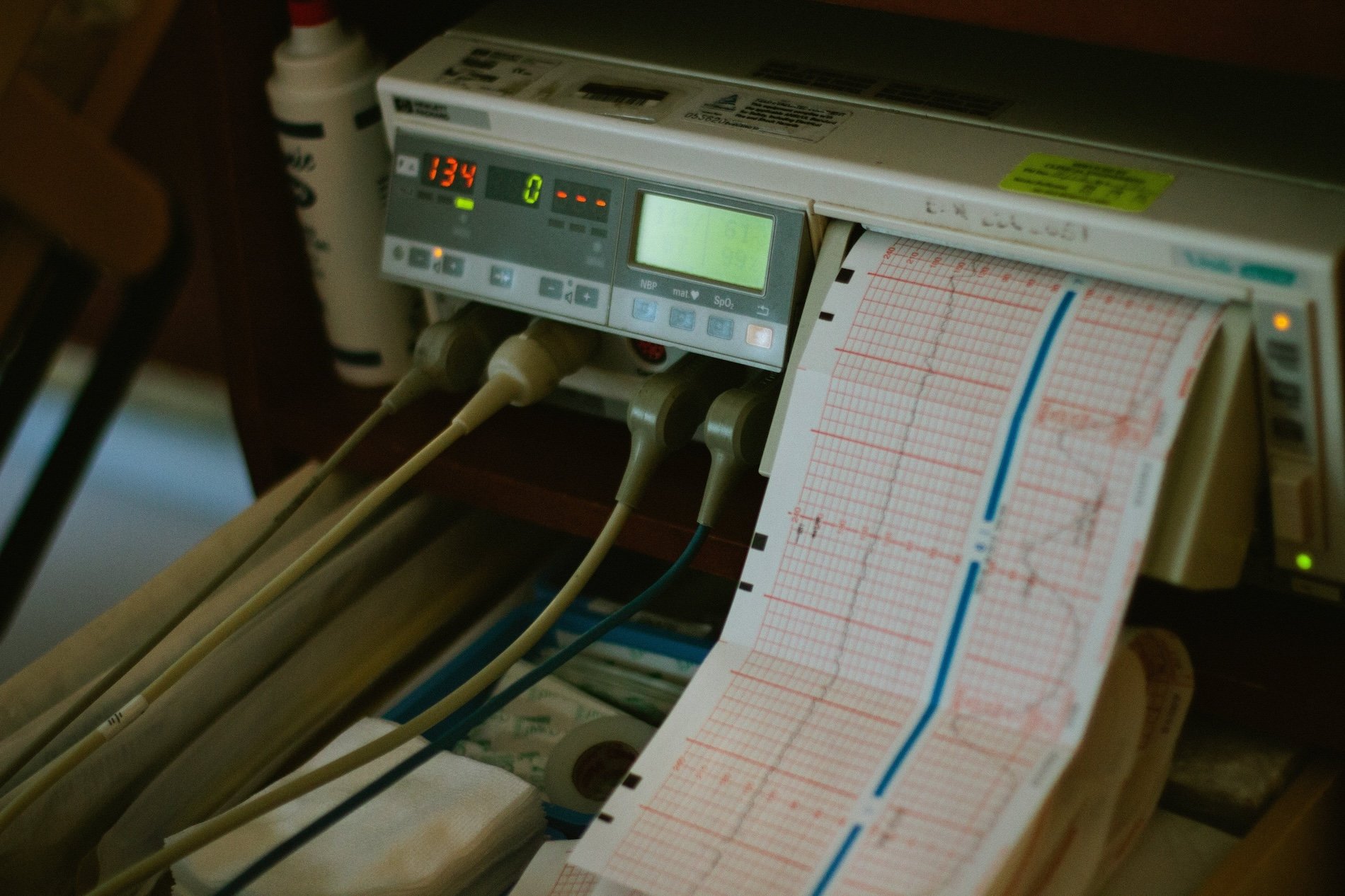While many seek to uncover the truth behind the "hisashi ouchi real real photo," it is essential to approach the topic with sensitivity and a commitment to factual accuracy. This article delves into the details of his life, the incident, and the controversies surrounding the images that have captivated the world. The Tokaimura accident, often referred to as Japan's worst nuclear disaster before Fukushima, claimed the lives of two workers, including Hisashi Ouchi, and left a lasting impact on the global understanding of nuclear safety. Ouchi's prolonged suffering and the ethical dilemmas surrounding his treatment have made his story a somber reminder of the dangers of nuclear technology. While the "hisashi ouchi real real photo" has been a subject of fascination, it is crucial to separate fact from fiction and understand the broader implications of the incident. By examining credible sources and expert insights, we aim to provide a comprehensive and balanced perspective on this sensitive topic. In this article, we will explore Hisashi Ouchi's biography, the details of the Tokaimura accident, and the controversies surrounding the images attributed to him. We will also address common questions, such as "Is the hisashi ouchi real real photo authentic?" and "What ethical concerns arise from sharing such images?" By the end of this piece, readers will have a clearer understanding of Ouchi's story and the broader lessons it holds for humanity. Whether you are here out of curiosity or a desire to learn, this article aims to provide valuable insights while respecting the dignity of those involved.
Table of Contents
- Biography of Hisashi Ouchi
- What Happened During the Tokaimura Accident?
- The Medical Ordeal of Hisashi Ouchi
- Is the Hisashi Ouchi Real Real Photo Authentic?
- What Ethical Concerns Arise from Sharing Such Images?
- The Global Impact of the Tokaimura Accident
- How Did the Accident Change Nuclear Safety Protocols?
- Lessons Learned from Hisashi Ouchi's Tragic Story
Biography of Hisashi Ouchi
Hisashi Ouchi was born on March 1, 1965, in Japan. He grew up in a modest household and developed an interest in science and technology at a young age. After completing his education, Ouchi pursued a career in the nuclear industry, joining JCO Co., Ltd., a company involved in nuclear fuel processing. Hisashi was known for his dedication to his work and his commitment to contributing to Japan's energy sector. Below is a table summarizing his personal details:
| Full Name | Hisashi Ouchi |
|---|---|
| Date of Birth | March 1, 1965 |
| Date of Death | December 21, 1999 |
| Place of Birth | Japan |
| Occupation | Nuclear Technician |
| Employer | JCO Co., Ltd. |
Hisashi Ouchi's life took a tragic turn on September 30, 1999, when he became one of the victims of the Tokaimura nuclear accident. His story serves as a poignant reminder of the risks associated with nuclear technology and the importance of stringent safety measures.
Read also:Discover The Best Of Hd4hub Movie Hindi Your Ultimate Guide To Bollywood Entertainment
What Happened During the Tokaimura Accident?
The Tokaimura nuclear accident occurred on September 30, 1999, at a uranium processing plant operated by JCO Co., Ltd. in Tokaimura, Japan. The incident was a result of a series of procedural errors and safety violations that led to an uncontrolled nuclear chain reaction. Hisashi Ouchi, along with two other workers, was directly exposed to lethal doses of radiation during the accident. Here’s a detailed breakdown of the events:
At the time of the incident, Ouchi and his colleagues were manually mixing uranium oxide with nitric acid in a precipitation tank, a process that violated standard safety protocols. The workers were unaware that the mixture had exceeded the critical mass required to sustain a nuclear chain reaction. Within seconds, a blue flash of radiation filled the room, and the workers were exposed to an unprecedented level of radiation. Hisashi Ouchi received the highest dose, estimated to be around 17 sieverts, far exceeding the lethal limit of 5 sieverts.
Immediate Aftermath of the Accident
The immediate aftermath of the accident was chaotic. Emergency services were unprepared for an incident of this magnitude, and it took hours to evacuate the area and stabilize the situation. Hisashi Ouchi and his colleague, Masato Shinohara, were rushed to the hospital, where their conditions were described as critical. Ouchi's exposure was so severe that it caused extensive damage to his internal organs, skin, and DNA. The incident not only highlighted the dangers of nuclear technology but also exposed the inadequacies in safety measures and emergency preparedness.
Why Did the Accident Happen?
The Tokaimura accident was a direct result of human error and systemic failures. Key factors contributing to the disaster included:
- Lack of Training: The workers involved in the process were not adequately trained to handle uranium safely.
- Improper Procedures: The manual mixing of uranium was a deviation from standard protocols, which required automated systems to prevent such accidents.
- Regulatory Lapses: Oversight agencies failed to enforce safety regulations, allowing dangerous practices to persist.
The Medical Ordeal of Hisashi Ouchi
Following the Tokaimura accident, Hisashi Ouchi's medical condition became a focal point of global attention. His exposure to an unprecedented level of radiation led to a medical ordeal that lasted 83 days, during which doctors and scientists fought to save his life. The severity of his injuries and the ethical dilemmas surrounding his treatment have made his case one of the most studied in the history of radiation exposure.
What Were the Immediate Effects of Radiation on Hisashi Ouchi?
Upon exposure to 17 sieverts of radiation, Hisashi Ouchi suffered catastrophic damage to his body. The radiation destroyed his bone marrow, rendering him unable to produce new blood cells. His skin began to peel off, and his internal organs were severely compromised. Within hours, Ouchi was in excruciating pain, and his condition continued to deteriorate. Doctors described his injuries as beyond anything they had encountered before, making his treatment a medical challenge of unprecedented proportions.
Read also:Explore The World Of 300 Hdmovies4u A Comprehensive Guide
Experimental Treatments and Their Outcomes
Given the severity of Ouchi's condition, medical teams resorted to experimental treatments in a desperate attempt to save his life. These included:
- Bone Marrow Transplants: Ouchi underwent multiple bone marrow transplants, but his body rejected them due to the extensive damage caused by radiation.
- Skin Grafts: Large portions of his skin were replaced with grafts, but these failed to adhere properly due to the underlying tissue damage.
- Pain Management: Doctors administered high doses of painkillers, but Ouchi's suffering remained unbearable.
Why Was Hisashi Ouchi's Case So Challenging?
Ouchi's case was particularly challenging due to the unprecedented level of radiation exposure and the ethical dilemmas it raised. Medical professionals faced the difficult decision of whether to continue life-sustaining treatments or allow him to pass away peacefully. The prolonged suffering of Ouchi raised questions about the morality of keeping a patient alive under such extreme circumstances. Hisashi Ouchi eventually passed away on December 21, 1999, after 83 days of relentless medical intervention.
Is the Hisashi Ouchi Real Real Photo Authentic?
One of the most debated aspects of Hisashi Ouchi's story is the authenticity of the images associated with his ordeal. The term "hisashi ouchi real real photo" has become a popular search query, with many seeking to verify the legitimacy of the photographs circulating online. These images, often graphic and disturbing, purport to depict Ouchi's condition during his hospitalization. However, the authenticity of these photos remains questionable, and their circulation raises ethical concerns.
What Evidence Supports the Authenticity of the Photos?
Some sources claim that the "hisashi ouchi real real photo" images were leaked from medical records or taken by hospital staff during his treatment. Proponents of their authenticity argue that the photos align with documented accounts of Ouchi's condition, such as severe skin damage and extensive medical interventions. However, these claims lack verifiable evidence, and the origins of the images remain unclear. Additionally, the graphic nature of the photos has led to their widespread sharing on platforms that prioritize sensationalism over accuracy.
Arguments Against the Authenticity of the Photos
On the other hand, skeptics argue that the "hisashi ouchi real real photo" images may have been digitally altered or fabricated to attract attention. Key points supporting this view include:
- Lack of Credible Sources: None of the images have been officially verified by medical professionals or reputable news outlets.
- Inconsistencies in Details: Some photos appear to depict conditions inconsistent with documented medical reports of Ouchi's injuries.
- Ethical Concerns: The unauthorized sharing of such images violates patient privacy and raises questions about the ethics of their dissemination.
Why Should We Be Cautious About Sharing These Images?
The circulation of the "hisashi ouchi real real photo" images not only perpetuates misinformation but also disrespects the dignity of the individuals involved. Sharing unverified and graphic content can have a profound emotional impact on viewers and contribute to the exploitation of tragedy for sensational purposes. It is essential to approach such images with skepticism and prioritize credible sources when seeking information about Hisashi Ouchi's story.
What Ethical Concerns Arise from Sharing Such Images?
The dissemination of graphic images, such as those associated with the "hisashi ouchi real real photo," raises significant ethical concerns that extend beyond the immediate context of the Tokaimura accident. These images, often shared without consent or verification, highlight broader issues related to privacy, media responsibility, and the exploitation of human suffering.
How Does Sharing Graphic Images Impact Privacy?
One of the primary ethical concerns surrounding the "hisashi ouchi real real photo" is the violation of patient privacy. Hisashi Ouchi was a private individual whose medical condition became a public spectacle due to the unauthorized sharing of his images. While public interest in his case is understandable, the lack of consent from Ouchi or his family to share these photos is a clear breach of ethical standards. Medical professionals and institutions are bound by confidentiality agreements, and the leakage of such images undermines trust in healthcare systems.
The Role of Media in Sensationalizing Tragedy
Media outlets and online platforms often prioritize sensational content to attract viewers, leading to the widespread circulation of graphic images like the "hisashi ouchi real real photo." This practice not only exploits human suffering but also desensitizes audiences to the gravity of such tragedies. By focusing on shock value rather than factual reporting, media organizations risk perpetuating misinformation and undermining the dignity of the individuals involved.
What Are the Broader Implications of Sharing Unverified Content?
Sharing unverified images, such as the "hisashi ouchi real real photo," contributes to the spread of misinformation and erodes public trust in credible sources. In an age where digital manipulation is increasingly sophisticated, it is crucial to approach such content with skepticism and prioritize verification. Additionally, the emotional impact of viewing graphic images can be profound, leading to distress and trauma among viewers. Ethical guidelines for content sharing must emphasize the importance of accuracy, sensitivity, and respect for human dignity.
The Global Impact of the Tokaimura Accident
The Tokaimura nuclear accident had far-reaching implications that extended beyond Japan, influencing global perceptions of nuclear safety and energy policies. Hisashi Ouchi

